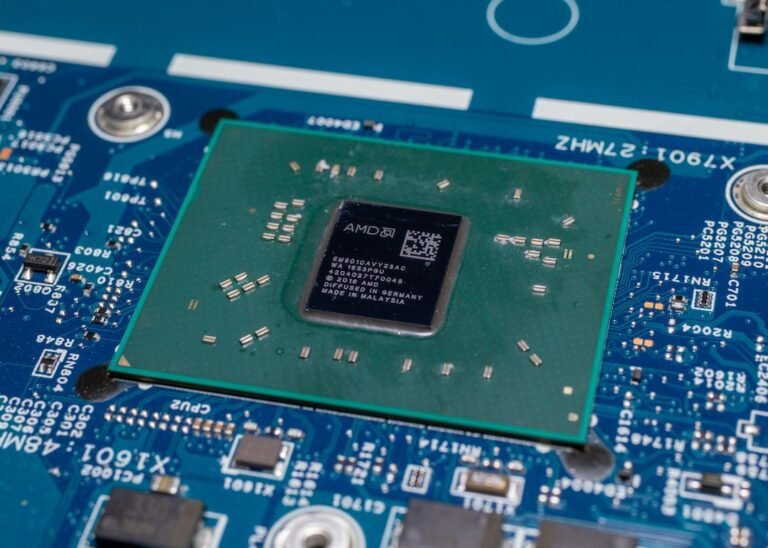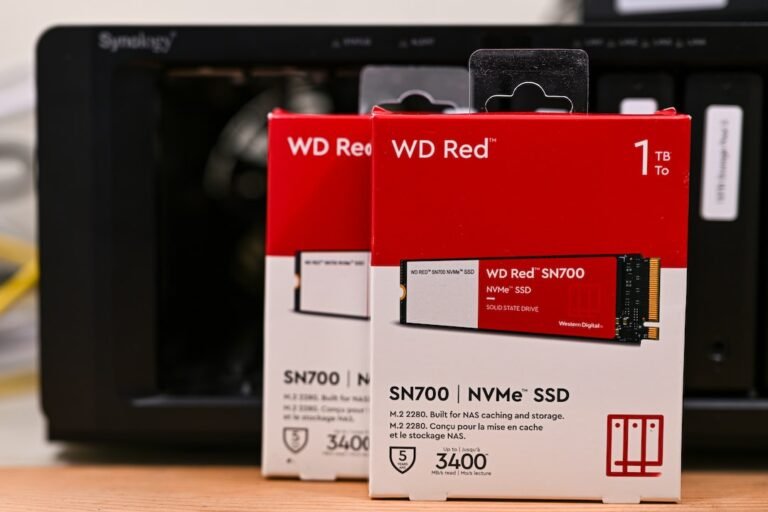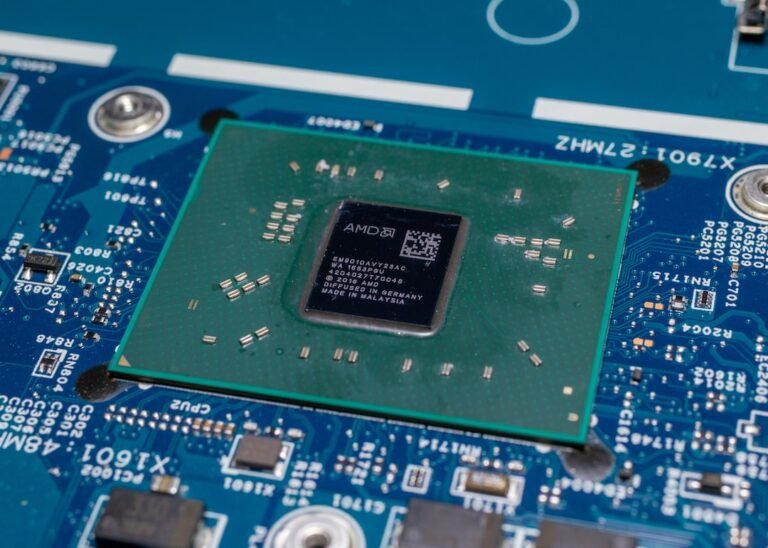Introduction
Are you tired of sharing your Wi-Fi password with guests or worried about compromising your network security? Setting up a guest network can be the perfect solution. Not only does it provide enhanced security for your primary network, but it also offers a separate access point for your guests to connect to. In this article, we’ll take a closer look at how to set up a guest network, the benefits it offers, and the added security measures you can implement.
Why Set Up a Guest Network?
Imagine having friends or family over, and everyone is asking for your Wi-Fi password. Giving out your main network password not only compromises your security but also allows your guests access to your personal files and devices. By setting up a guest network, you can create a separate access point that isolates your guests’ devices from your primary network, ensuring the safety of your personal information.
How Does a Guest Network Work?
A guest network is a virtual network that operates independently from your primary network. It functions as a separate Wi-Fi network with its own name and password. When your guests connect to the guest network, they are isolated from your primary network and granted limited access to the internet. This setup creates a layer of security, preventing guest devices from interacting with your personal devices and files.
Setting Up a Guest Network: Step-by-Step Guide
Now that we understand why setting up a guest network is important, let’s dive into the steps to create one. Follow these simple instructions to get started:
Step 1: Accessing Your Router Settings
To set up a guest network, you’ll need to access your router’s settings. Open a web browser and type in the IP address of your router (often printed on the router itself) in the address bar. This will take you to the login page of your router’s administration panel.
Step 2: Logging into Your Router
Once you’ve accessed the login page of your router, you’ll need to enter the username and password. If you’re unsure, check the manual provided by your router manufacturer or refer to the default credentials printed on the router itself.
Step 3: Navigating to the Guest Network Section
After successfully logging in, you’ll be taken to your router’s administration panel. Look for the section labeled “Guest Network” or a similar name. This is where you’ll be able to customize and configure your guest network settings.
Step 4: Enabling the Guest Network
In the guest network section, you’ll find an option to enable or disable the guest network feature. Toggle the switch to enable the guest network.
Step 5: Configuring the Guest Network Settings
Once the guest network is enabled, you can customize its settings. You’ll typically have options such as SSID (network name), password, encryption type, and bandwidth restrictions. Choose a unique name for your guest network and set a strong password to ensure security.
Step 6: Applying the Changes
After configuring the guest network settings, save the changes and apply them. Your router will then create a separate network using the provided settings.
Step 7: Connecting Devices to the Guest Network
Now that your guest network is set up, inform your guests about the SSID (network name) and password so they can connect their devices. When they join the guest network, they will have access to the internet while remaining separated from your primary network.
Benefits of a Guest Network
Setting up a guest network offers several key benefits, including:
Enhanced Network Security
By isolating your guest devices from your primary network, you significantly reduce the risk of unauthorized access to your personal data and devices. Even if a guest’s device is compromised, it won’t be able to make any direct connections to your primary network.
Separate Access Point
Having a guest network allows your guests to have internet access without affecting the speed or performance of your primary network. This ensures a seamless browsing experience for both you and your guests.
Added Security Measures
Some routers offer additional security measures specifically designed for guest networks. These may include traffic segregation, firewall rules, and device isolation. Check your router’s documentation to explore these options and enhance the security of your guest network.
Conclusion
Setting up a guest network provides enhanced security for your primary network and offers a separate access point for your guests. By following a few simple steps, you can create a safer environment for your network and ensure a separate internet connection for your guests. So why compromise your security? Set up a guest network today and enjoy peace of mind while hosting guests.
FAQ
| Question | Answer |
|---|---|
| How does a guest network differ from the primary network? | A guest network operates independently from the primary network and isolates guest devices from accessing personal files and devices on the primary network. |
| Can I control the bandwidth allocation for the guest network? | Yes, many routers allow you to set bandwidth restrictions for the guest network, ensuring that your primary network’s performance remains unaffected. |
| Where can I find the IP address of my router? | The IP address is often printed on the router itself or can be found in the router’s manual. You can also search online using your router’s make and model. |
| What if my router doesn’t have a “Guest Network” section? | If your router doesn’t have a dedicated guest network feature, you can still create a separate network using a different SSID and password. |
Further Reading
If you want to learn more about home network setups, wireless router security, or troubleshooting router issues, check out the following resources:
| Website | Description |
|---|---|
| Home Network Setup | A comprehensive guide on setting up a secure and efficient home network. |
| Router Troubleshooting | Troubleshooting tips and tricks for common router issues and connectivity problems. |
| Gaming Router Buying Guide | A guide to help you choose the perfect gaming router for a lag-free gaming experience. |
Remember, setting up a guest network not only enhances your network security but also ensures a seamless and worry-free experience when hosting guests. So, take a few minutes to create a separate access point and enjoy the peace of mind that comes with knowing your personal devices and information are safe.




